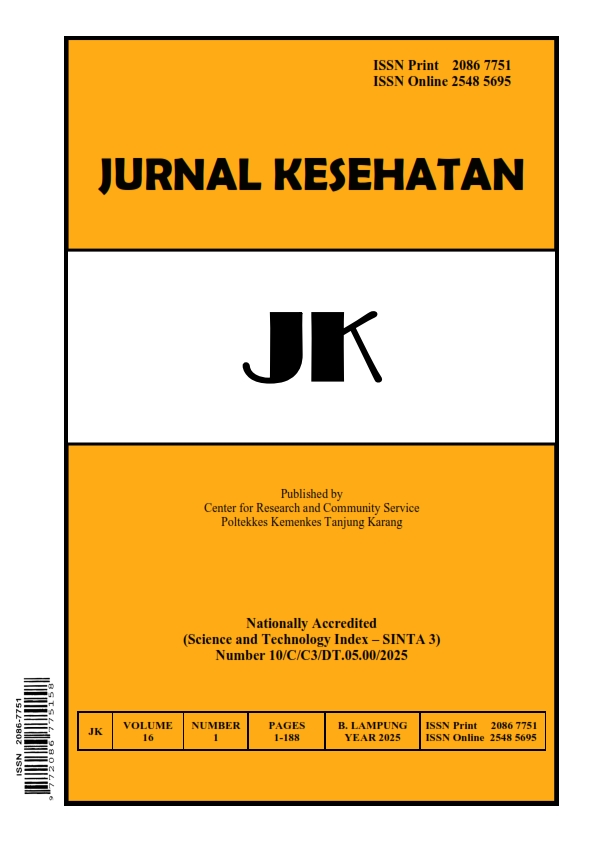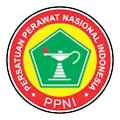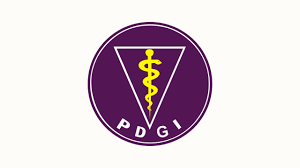Family-Related Factors Associated with Stunting
DOI:
https://doi.org/10.26630/jk.v16i1.4287Keywords:
Family income, Family support, Maternal knowledgeAbstract
Stunting remains a significant nutritional concern for the Indonesian government due to its impact on human resource quality. The Puskesmas (Community Health Centre) in Duren Sawit Subdistrict has experienced an increase in the proportion of stunting cases, rising from 9.06% to 10.5% over the last three months. Objective: This study aims to identify family factors associated with stunting in children aged 12-59 months in the Puskesmas of Duren Sawit Subdistrict for 2023. This research adopts a case-control study design with 41 cases and 41 controls. Cases were identified based on a compilation of data on stunted children at the health center, while controls were children without a stunting diagnosis. Sampling was conducted using the simple random sampling method. Data collection involved direct interviews with the mothers of the children and a review of medical documents. Data analysis was performed using the Chi-square test. Family income with less than minimum wage has the highest PR value compared to other variables, namely 9.68 (95% CI 2.48- 37.78), so it can be concluded that family income with less than minimum wage is the variable that most influences stunting. The recommendation in this study is that cooperation between the Duren Sawit Subdistrict Health Center and the local government, involving community leaders and an interactive approach, is necessary to provide education on nutrition and family financial management for the effectiveness of stunting prevention.
References
Aguayo, V. M., & Menon, P. (2016). Stop stunting: Improving child feeding, women's nutrition and household sanitation in South Asia. Maternal and Child Nutrition, 12, 3-11.
https://doi.org/10.1111/mcn.12283
Alderman, H., & Headey, D. D. (2017). How Important is Parental Education for Child Nutrition? World Development, 94, 448-464. https://doi.org/10.1016/j.worlddev.2017.02.007
Belayneh, M., Loha, E., & Lindtjørn, B. (2021). Spatial variation of child stunting and maternal malnutrition after controlling for known risk factors in a drought-prone rural community in Southern Ethiopia. Annals of Global Health, 87(1), 1-14.
https://doi.org/10.5334/aogh.3286
Chilinda, Z. B., Wahlqvist, M. L., Lee, M. S., & Huang, Y. C. (2021). Higher maternal autonomy is associated with reduced child stunting in Malawi. Scientific Reports, 11(1), 1-12.
https://doi.org/10.1038/s41598-021-83346-2
Ministry of Health Republic Indonesia. (2016). Hasil Pemantauan Status Gizi (PSG). Jakarta: Direktorat Gizi Masyarakat Direktorat Jenderal Kesehatan Masyarakat Kementerian Kesehatan. https://kesmas.kemkes.go.id/assets/uploads/contents/others/Buku-Saku-Hasil-PSG-2016_842.pdf
Ministry of Villages and Development of Disadvantaged Regions. (2017). Buku saku desa dalam penanganan stunting. Jakarta: Kementerian Desa, Pembangunan Daerah Tertinggal, Dan Transmigrasi, 42.
Ministry of Health Republic Indonesia. (2021). Hasil Studi Status Gizi Indonesia (SSGI) Tingkat Nasional, Provinsi dan Kabupaten/Kota Tahun 2021. Jakarta: Direktorat Gizi Masyarakat Direktorat Jenderal Kesehatan Masyarakat Kementerian Kesehatan
https://doi.org/10.36805/bi.v2i1.301
Mulyaningsih, T., Mohanty, I., Widyaningsih, V., Gebremedhin, T. A., Miranti, R., & Wiyono, V. H. (2021). Beyond personal factors: Multilevel determinants of childhood stunting in Indonesia. PLoS ONE, 16(11 November), 1-19. https://doi.org/10.1371/journal.pone.0260265
National Development Planning Agency. (2020). Rencana Pembangunan Jangka Menengah Nasional 2020-2024. Jakarta: Bappenas.
National Population and Family Planning Board. (2017). USIA PERNIKAHAN IDEAL 21-25 TAHUN. Jakarta: BKKBN. https://www.bkkbn.go.id/detailpost/bkkbn-usia-pernikahan-ideal-21-25-tahun
Nugroho, A. (2016). Determinan Growth Failure (Stunting) pada Anak Umur 1 S/D 3 Tahun (Studi di Kecamatan Tanjungkarang Barat Kota Bandar Lampung). Jurnal Kesehatan, 7(3), 470. https://doi.org/10.26630/jk.v7i3.231
Rahayu, Atikah., Yulidasari, F., Putri, A., Anggraini, L. (2018). Study Guide - Stunting dan Upaya Pencegahannya bagi Mahasiswa Kesehatan Masyarakat (Edisi Pert). Yogyakarta: CV Mine.
Rusliani, N., Hidayani, W. R., & Sulistyoningsih, H. (2022). Literature Review: Faktor-Faktor yang Berhubungan dengan Kejadian Stunting pada Balita. Buletin Ilmu Kebidanan Dan Keperawatan, 1(01), 32-40. https://doi.org/10.56741/bikk.v1i01.39
Soekatri, M. Y. E., Sandjaja, S., & Syauqy, A. (2020). Stunting was associated with reported morbidity, parental education, and socioeconomic status in 0.5-12-year-old Indonesian children. International Journal of Environmental Research and Public Health, 17(17), 1-9.
https://doi.org/10.3390/ijerph17176204
Sutriyawan, A., & Nadhira, C. (2020). KEJADIAN STUNTING PADA BALITA DI UPT PUSKESMAS CITARIP KOTA BANDUNG Agung. Jurnal Kesehatan Masyarakat Khatulistiwa, 7(2), 79-88.
https://doi.org/10.29406/jkmk.v7i2.2072
West, J., Syafiq, A., Crookston, B., Bennett, C., Hasan, M. R., Dearden, K., Linehan, M., Hall, C., & Torres, S. (2018). Stunting-Related Knowledge: Exploring Sources of and Factors Associated with Accessing Stunting-Related Knowledge among Mothers in Rural Indonesia. Health, 10(09), 1250-1260. https://doi.org/10.4236/health.2018.109096
World Health Organization. (2014). Childhood Stunting: Challenges and opportunities. Report of a Promoting Healthy Growth and Preventing Childhood Stunting colloquium. Geneva: WHO.
World Health Organization. (2021). Joint child malnutrition estimates. https://www.who.int/data/gho/data/themes/topics/joint-child-malnutrition-estimates-unicef-who-wb
Downloads
Published
Issue
Section
License
Copyright (c) 2025 Jurnal Kesehatan

This work is licensed under a Creative Commons Attribution-ShareAlike 4.0 International License.
Authors who publish in this journal agree to the following terms:
- Authors retain copyright and grant the journal right of first publication with the work simultaneously licensed under a Creative Commons Attribution License (CC BY-SA 4.0) that allows others to share the work with an acknowledgment of the work's authorship and initial publication in this journal.
- Authors can enter into separate, additional contractual arrangements for the non-exclusive distribution of the journal's published version of the work (e.g., post it to an institutional repository or publish it in a book), with an acknowledgment of its initial publication in this journal.
- Authors are permitted and encouraged to post their work online (e.g., in institutional repositories or on their website) prior to and during the submission process, as this can lead to productive exchanges and earlier and greater citations of published work.












